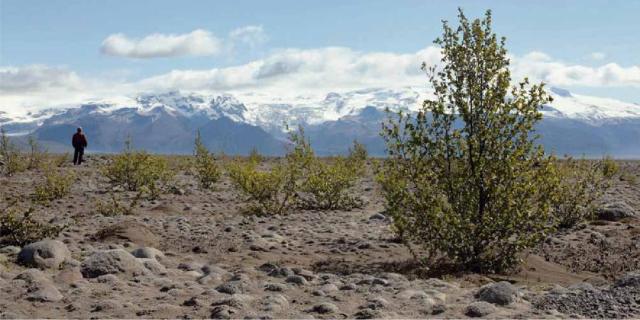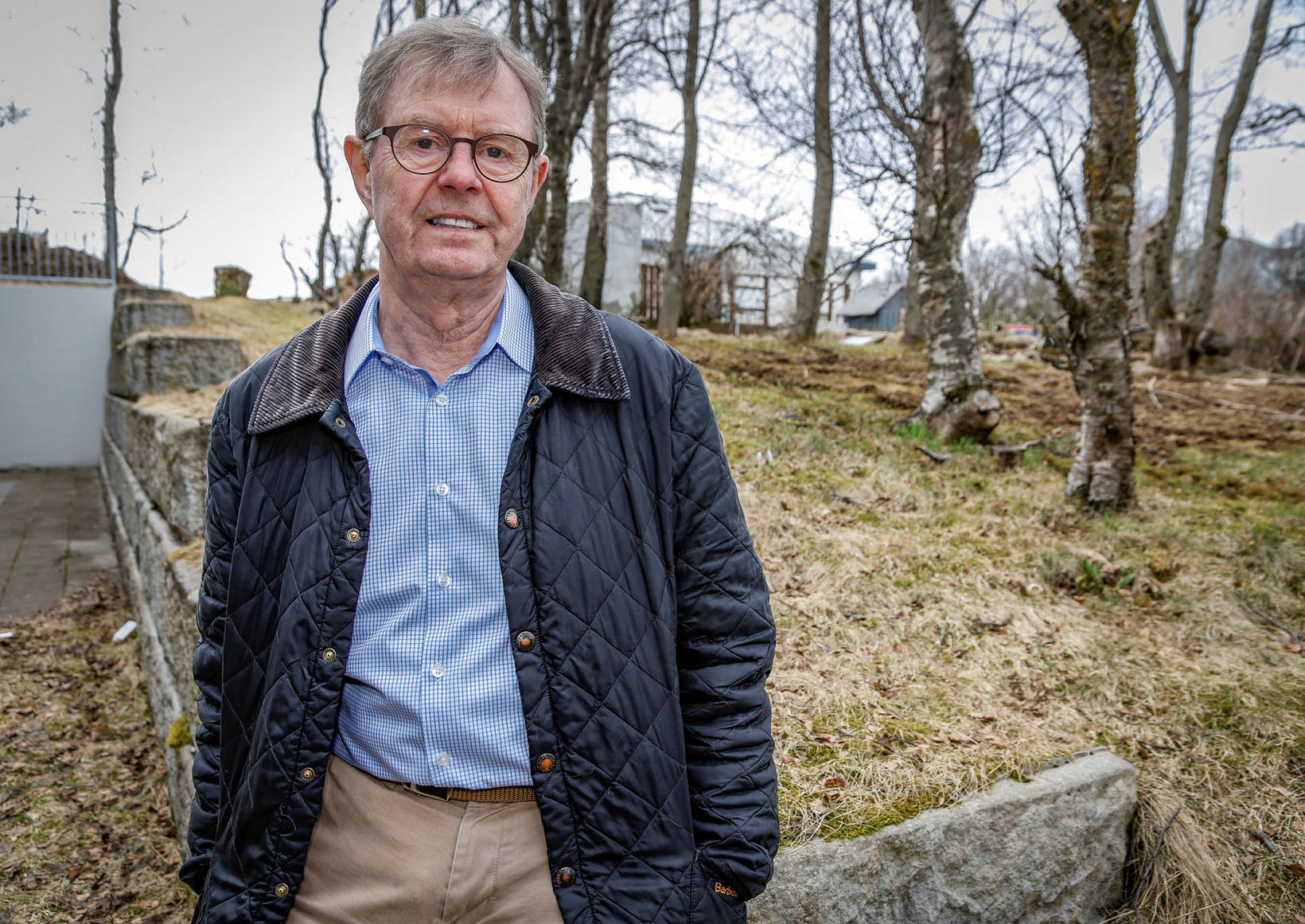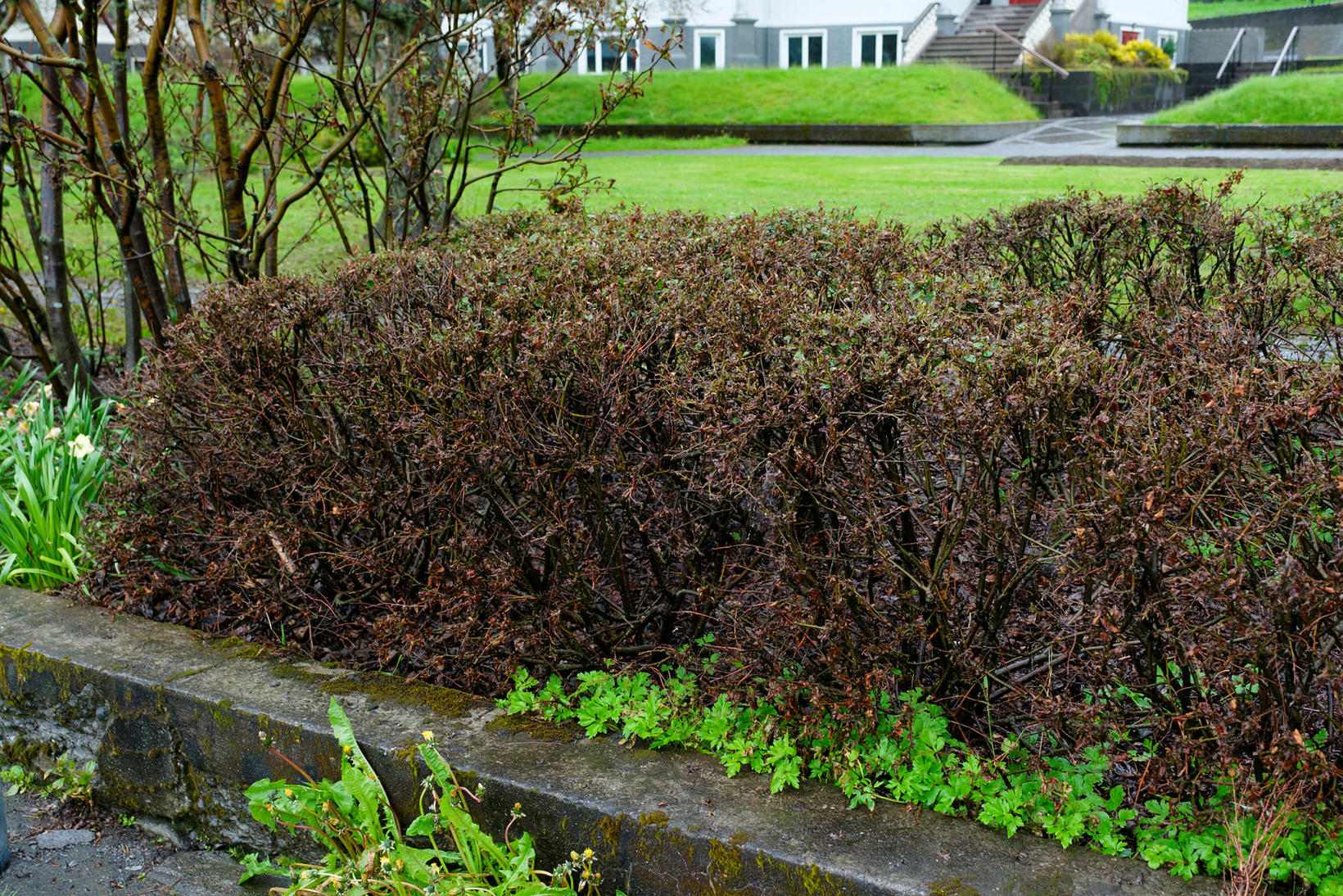Possible long-term domino effects on vegetation
The storm, sea breeze and cold that swept through the country in the spring may have, according to Steinn Kárason, a gardener and environmental economist, caused a long-term domino effect on vegetation. Kárason says most of the vegetation will have recovered within the next two to four years, but some are severely damaged and have died.
It was reported in Morgunblaðið last week that many people were puzzled by the fact that leaves have fallen from trees all over the country. Trees, shrubs, and other vegetation have lost much of their leaves and are in bad shape.
Kárason says that vegetation can endure great trauma and is recovering so quickly that there is no reason for planters to despair. Even so, the healing of this trauma in vegetation may take two or four years.
This is because of “storms, sea breezes and cold weather that swept through the spring months. The weather, however, has different effects on different types of vegetation. For example, birch was preparing for flourishing and fertilization but the cold weather has had quite an effect on that process, according to Kárason.
The consequences will be more apparent next year
For example, the buds were newly exposed, the newly planted sprout was fragile, and young leaves burned and died. Then the weather had a big impact on the flowers, but male and female flowers of birch, especially in the capital area, were killed in large numbers, Kárason said. The female flowers, however, seem to have outdone some of the weather better than the male flowers, which in some places fell off their trees and lay dead on the ground.
The result is that birch pollen, or summer, is low and the autumn crop of birch seeds will likely be very low. Birch trees prepare flowers for blooming by the end of summer or fall. The flowers become ready in the branches one year before they bloom, but this slowing greatly limits the possibilities of the flowers for the next year. Therefore, the consequences are expected to become more apparent next year.
Asked what the consequences could be if the weather were also unfavourable next spring, Kárason replied that the weather could have a long-term domino effect for the next two or three years. Even so, if the next summer is good, the vegetation could recover completely next year.
People were stunned when they saw that leaves were falling off trees and shrubs in record numbers after the cold spell and wind this spring. mbl.is/Kristinn Magnússon
One factor is that the buds did not get one bad surprise from the winter. Kárason also tell us that the Alaska aspen trees also had a traumatic experience. That is to say, since they are smaller and less fertilized, the aspens likely will grow less this year. The pine, however, appears to have escaped better than other trees and is likely to be able to hold on to its own..
Also impacts the insects
All of this has a bearing on the resistance of trees to disease. Kárason says this may not become a problem since the cold weather also affected the insects. For example, the tree worm died on the leaves to some extent, Kárason said.
He agrees with the words of Hreinn Óskarsson, the director of the National Forest, who said there is no reason to cut the trees immediately, but rather observe them until after the summer. According to Kárason, it is because we do not see until the summer is over which trees have survived.
In the meantime, he encourages people to nurture the vegetation carefully. For example, by watering in the event of severe drought and by giving fertilizers in an effort to help the vegetation.










